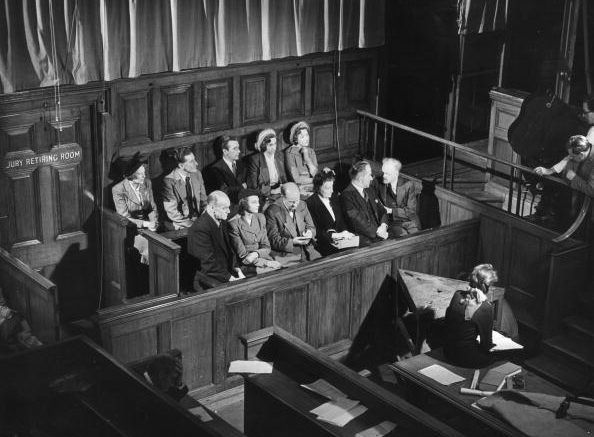As the world prepares itself for a new presidential administration, no one knows for sure what the future holds.
But the lawyers at Crowell & Moring took a hard look at the potential litigation landscape in 2017 and compiled their findings in a new report.
The report, here , covers a lot of ground, but we caught up with its architect, Mark Klapow, a Crowell litigation partner in Washington, D.C., who pointed to two highlights in particular.
New Arsenal in War Against Trade Secret Theft
In the intellectual property arena, corporate clients will operate under a new federal trade secret statute that enables corporations to crack down harder on trade secret theft.
Under a new provision in the trade secrets act, a company can go to federal court and obtain an order to immediately seize physical property from a departing employee through law enforcement officials.
“There are a number of cases before the Trade Secrets Act where the rogue employee downloads a high volume of information to a flash drive or emails the information to themselves, then seeks to leave the country after which, if they are successful, it becomes quite difficult to prosecute and obtain civil damages,” said Klapow.
The new provision in the trade secrets act, he said, provides IP holders with “a new tool in the arsenal to protect themselves from misappropriation.” It comes from a new trade secret bill passed by Congress last year, as reported by Bloomberg News .
Klapow said that to obtain such a so-called “ex parte seizure order,” corporations must show “extraordinary circumstances, post bond, and there are sanctions available if a seizure has been obtained for an improper purpose.”
More Protracted Class Action Litigation
It used to be that corporations would fold easily and settle after a class of plaintiffs obtained class certification. But that’s changing, as corporate executives have found new ways to quash class actions after certification is given, said Klapow.
“Now we are seeing, and we predict we’ll see more, defendant corporations litigating beyond the class certification stage into discovery to defeat the class in the second phase,” said Klapow.
Klapow pointed to a recent 9th Circuit court decision last year in Brazil v. Dole Foods , a case in which Dole moved to decertify a class action alleging several of Dole’s products with the label statement “All Natural” were misleading because they contained Vitamin C and citric acid, which are both synthetic ingredients.
Dole convinced a judge to decertify the class because plaintiffs’ pricing model for damages was flawed, which is one way for corporations to decertify class actions after they are initially certified, wrote Michelle Gillette, a partner at Crowell, wrote in the firm’s litigation report.
Said Klapow: “There appear to be more options to defeat class certification that weren’t fully appreciated before some recent decisions.”
Have thoughts on how litigation will change in 2017? Write to us at BigLawBusiness@bna.com .
Source: bol.bna.com





Be the first to comment on "The 2017 Litigation Playing Field Has Changed in Two Big Ways"